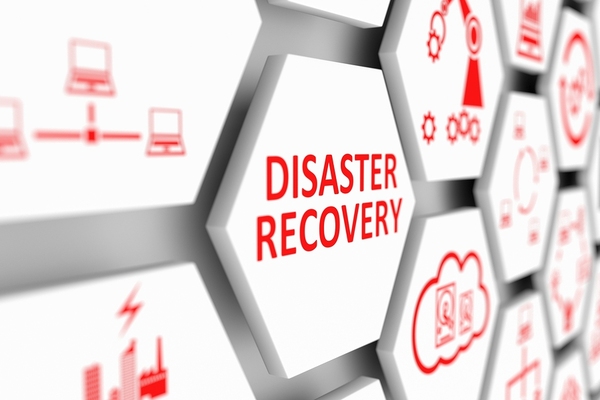
Disaster Recovery is an essential business planning function today. One that is critical for companies who want to ensure their own business continuity and that of their customers. Without the proper planning for anticipated and unforeseen business disruptions, companies risk severe financial losses, brand dissatisfaction and, in extreme cases, their very existence.
As seen in the recent post, Exploring the Evolution of Business Continuity Management, there is ample opportunity to leverage managed IT services tools to ensure your business can respond and be resilient to the ongoing cyber and natural threats to normal business operations.
The recovery-as-a-service market is projected to grow from $2.2 billion in 2017 to $12.5 billion by 2024. Surely, competitors and peers are turning to cloud solutions. Using managed IT services for your disaster recovery is a prudent approach, leveraging the many advantages of cloud computing to keep your business operational.
Here are six benefits of managed disaster recovery services.
1. Faster Response Times
When your organization is faced with an incident, recovery time is paramount. Cloud providers are designed to offer fast response times, often in a matter of minutes. Each minute, each hour, could mean millions of dollars in lost revenue, so time is of the essence. Cloud solutions benefit from automation tools that deploy solutions, move to backups, and act quickly when an incident is triggered.
2. Increased Flexibility
With cloud backup solutions in place, your enterprise will not have to decide on a disaster recovery location and then hope that site is not affected by the issue at hand. With cloud solutions, your company and its business units can decide on what data and applications are most critical and in need of being backed up. You will only pay, in most cases, for the data and applications you choose to back up.
3. Resource Conservation
Traditional backup services might require replication of your onsite data center. Servers, cooling controls, space, and access need to be secured, built, maintained, and expensed. A duplicate data center is by its very nature an expensive undertaking. With managed IT services, you are not responsible for the management and maintenance of these data centers. Your organization also saves in the up-front costs associated with building and staffing another data center.

4. Improved Control
With a disaster-recovery-as-a-service model, you have complete access to and control of the data and applications. You can determine the data stored there, the recovery of data and systems, and when to implement business continuity plans that call for deployment of fallback protocols.
5. Reputational Preservation
For your customers or consumers, you want to be able to deliver needed products and services no matter what the disruption. When others are struggling to recover from attacks or natural disasters, your organization can continue to deliver seamless, nearly undetectable service and meet service-level agreement stipulations.
6. Regulatory Compliance
With a sound managed IT recovery plan in place, your company will remain in compliance with oversight requirements. For those in medical, financial services, or food production verticals, for example, various federal policies require continued compliance and protection of patients, customers, and the general public. You want a solution that ensures that compliance is not threatened.
At Denovo, we help companies with the managed IT solutions that allow for the storage and recovery of data and applications. Denovo takes a proactive approach to protection before an incident were to occur, and it is the customer that determines what a “disaster” is. Denovo has a repeatable process that ensures application-level recovery. To learn more about how Denovo can help your company remain up and running in times of difficulty, schedule a free consultation.

Share the impact of managed disaster recovery solutions on your business operations, continuity, and customer impact @DenovoCloud #DisasterRecovery.
